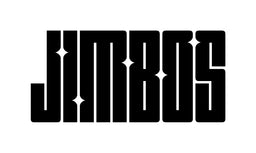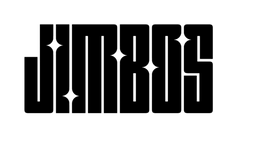Should You Dress Your Dashboard? (Matte vs Gloss Debate)
Some detailers swear by it. Others say leave it alone. So should you dress your dash or not?
Dressing your dashboard used to be standard practice. But today, with modern materials and cleaner designs, there’s more debate than ever. What does a dashboard dressing actually do? And is it helping or hurting your interior?
What Dashboard Dressing Is Supposed to Do
- Protect: Adds a barrier against UV rays that fade and crack materials
- Enhance: Restores color and richness to dull plastic or rubber
- Condition: Prevents drying or brittleness (mainly on older dashboards)
But some dressings also bring unwanted side effects: greasy residue, shine, streaking, and glare off the windshield.
Matte vs Gloss Finishes
The real difference between a good dashboard detail and a bad one usually comes down to the finish.
| Matte Dressing | Gloss Dressing |
|---|---|
| OEM-style finish | Artificial shine |
| No glare on windshield | Can reflect sunlight into your eyes |
| Dusts less | Attracts dust and fingerprints |
| Professional look | Looks greasy or overdone |
Unless you're restoring a show car from the 80s, matte is almost always the right choice.
Best Matte Dashboard Dressing
All Dressed Up is a water-based, non-greasy dressing that gives you a true factory-style finish. It restores depth without gloss, works on all interior plastics and rubber, and leaves behind zero streaks or residue.
It can even be diluted 4:1 for ultra-matte results on newer dashboards.
Also available on Amazon:
The Go-To Dashboard Dressing
Protect and enhance your dash with a modern, matte-finish dressing designed for today’s interiors—not 1990s shine jobs.
Related Posts
- Why Interior Gloss Is Not Always a Good Thing
- Leather Cleaner vs All-in-One Interior Detailers
- Will Interior Cleaners Stain Leather or Fabric?



